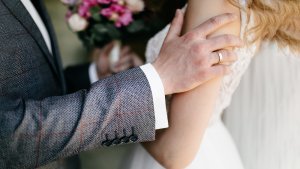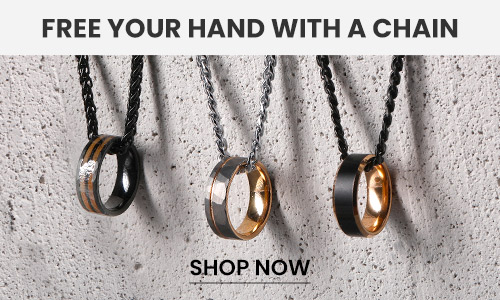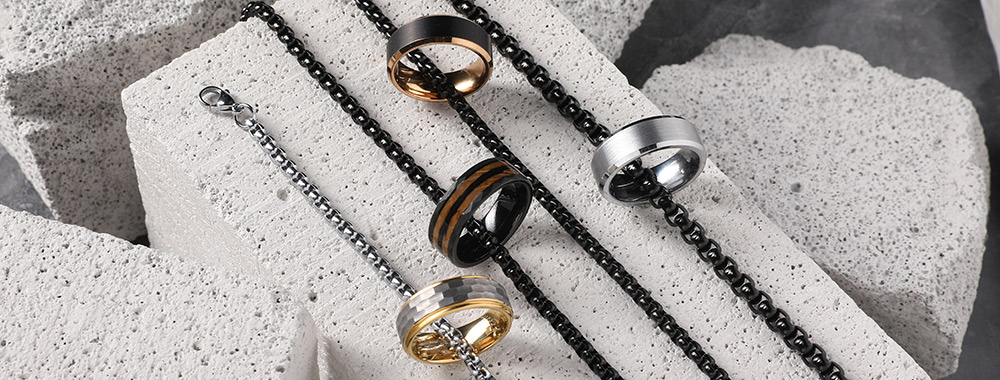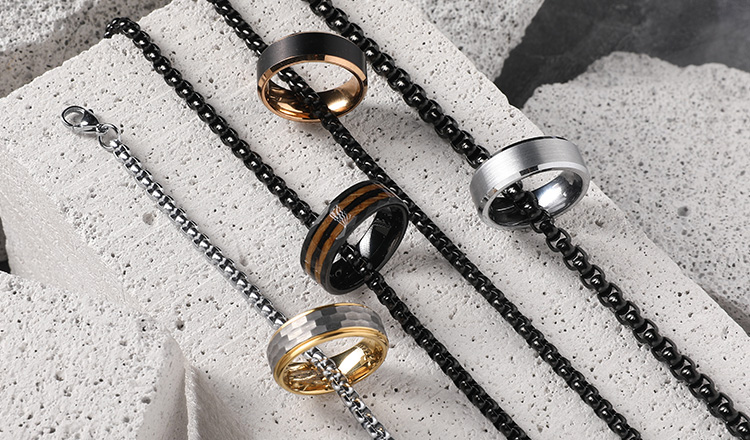Wedding bands are iconic symbols of love, commitment, and the sacred union between two souls. These simple circular rings carry immense emotional weight and significance, marking one of life’s most profound journeys. But amidst the sea of traditions surrounding these cherished pieces of jewelry, one question arises: Is there a difference between women’s and men’s wedding rings?
A Quick Answer
Traditionally there were some differences between women’s and men’s wedding rings in terms of design, width, and materials. However, modern couples are breaking gender norms and choosing rings based on personal style and meaning, rather than prescribed gender roles. Ultimately, wedding bands symbolize love and commitment between two people, regardless of gender.
 Understanding Wedding Bands: Beyond Gender Norms
Understanding Wedding Bands: Beyond Gender Norms
1. Wedding Bands – Symbols of Union, Not Gender
At their essence, wedding bands represent the profound union between two souls, transcending societal definitions of gender identity. Dating back millennia, these circular rings have symbolized eternal commitment across cultures, well before modern constructs of “masculine” and “feminine.” A wedding band’s meaning lies in the love it signifies, not prescribed gender roles.
2. Your Love, Your Style
While traditional influences like societal norms and gender stereotypes have historically shaped ring styles, contemporary couples are boldly forging their own paths. No longer bound by rigid expectations, they view their wedding bands as a deeply personal canvas for self-expression. From design to gemstones to finish, every element can be customized to authentically reflect the unique spark and journey of their love.
 Is There a Difference Between Women and Men’s Wedding Rings?
Is There a Difference Between Women and Men’s Wedding Rings?
At their core, wedding bands are symbols of unity and commitment, transcending gender norms. However, some traditional differences between women’s and men’s rings have emerged over time:
Designs and Style Preferences
Traditionally, women’s wedding bands featured intricate and ornate designs like delicate engravings, detailed metalwork, or pavé set diamonds. In contrast, men’s rings leaned towards simpler, more understated styles with clean lines and minimalistic looks.
However, modern couples are breaking these conventional norms. Many men now opt for styles traditionally considered feminine, adorned with diamonds or colored gemstones. On the flip side, women are drawn towards the rugged appeal of masculine designs. The lines between gender-specific styles are blurring as individuals choose rings that truly resonate with their personal aesthetic, empowering them to defy traditional gender roles.
Width and Size: A Matter of Comfort and Style
While not a hard and fast rule, there are some general width preferences that have emerged. Men’s wedding bands often fall within the 6mm to 8mm range, providing a substantial yet comfortable presence on the finger. Women’s bands, on the other hand, typically range from 2mm to 4mm in width, offering a more delicate and slender silhouette.
However, these preferences merely scratch the surface of the vast spectrum of width options available. From ultra-thin, minimalist bands to bold, statement-making designs, the choice ultimately comes down to individual comfort, lifestyle, and personal style preferences.
Material Choices and Financial Implications
Traditionally, precious metals like gold (yellow, white, rose) and platinum reigned supreme for wedding bands due to their natural luster, heirloom quality, and resistance to scratching. However, many contemporary couples are exploring the unique aesthetics of modern, industrial-grade materials like tungsten, titanium, cobalt, and even ceramic or wood. These alternatives offer distinctive looks from rugged gunmetal to sleek blackwood at often lower price points.
For couples seeking stylish options on a budget, materials like stainless steel, cobalt chrome, or tungsten carbide deliver exceptional strength, resilience, and hypoallergenic properties. Their affordability doesn’t sacrifice quality. In fact, some of these space-age alloys are more durable and scratch-resistant than traditional precious metals. With lower costs, couples can allocate more towards custom designs or larger diamond/gemstone accents while still securing a quality band built to last a lifetime.
Finish: Reflecting Personality
Many men opt for satin or brushed finishes that lend a masculine, go-anywhere ruggedness to their wedding bands. The matte, slightly textured surfaces not only minimize the visibility of scratches and nicks from an active lifestyle, but the understated look also suits those who work with their hands in labor or trade jobs. The subtle shine resists showing smudges or grime for lasting good looks.
In contrast, women often gravitate towards wedding bands with polished, mirror-bright finishes that maximize sparkle and shine. The high-luster surfaces allow light to fully dance off the metal, creating a radiant backdrop that makes any diamonds or gemstones absolutely dazzle. The polished elegance provides a refined glamour perfect for both everyday wear and special occasions.
Diamonds and Other Gemstones
While traditionally reserved for women’s rings, diamonds and gemstones are making a notable appearance in men’s wedding band designs. From subtle accents to bold, brilliant centerpieces, the incorporation of precious stones allows men to imbue their rings with personal meaning and symbolism, reflecting their unique love stories.
For women, the timeless eternity band remains a popular choice. These rings feature a continuous circle of diamonds or gemstones, symbolizing the endless nature of love and commitment. Whether chosen as a wedding band or an anniversary gift, eternity bands are a beautiful representation of everlasting devotion.
Matching Bands vs. Individual Expression
Many couples opt for matching or complementary wedding band sets, viewing them as a tangible symbol of their unity and shared journey. These harmonious designs create a sense of cohesion and can be a beautiful testament to the couple’s commitment to one another.
However, an increasing number of couples are choosing to embrace their individual styles, recognizing that their love is not defined by matching accessories but by the depth of their connection. These couples select rings that resonate with their personal aesthetics, lifestyles, and values, creating a unique and meaningful representation of their love.
Celebrate Your Unique Love Story!
In the ever-evolving landscape of wedding bands, one truth remains constant: the rings you choose should be a reflection of the love you share. While traditional gender norms may have once dictated particular styles, contemporary couples are boldly breaking free from convention, embracing self-expression and celebrating their individuality. Whether you opt for matching sets or distinct designs, precious metals or modern materials, the perfect wedding bands are those that resonate with your personal aesthetic, lifestyle, and the unique journey you and your partner have embarked upon together. Embrace the freedom to craft a symbol of your union that is as exceptional and timeless as your love itself.
 FAQs about Women and Men’s Wedding Rings
FAQs about Women and Men’s Wedding Rings
1. Are men’s and women’s ring sizes the same?
No, men’s and women’s ring sizes are different. Men’s fingers are usually bigger, so their ring sizes are larger (typically sizes 8-14). Women’s ring sizes are usually smaller (sizes 3-9). However, ring sizes can vary from person to person. To get the right fit, it’s best to have your finger measured by a jeweler.
2. Can women wear men’s wedding bands?
Yes, women can wear men’s wedding bands if they like the style. The most important thing is to make sure the ring fits comfortably. Since men’s rings are often wider, a woman may need to get a smaller size than her usual ring size. It’s a good idea to try on the ring in person to check the fit before buying it.
3. How do you convert women’s ring size to men’s?
To convert a woman’s ring size to a man’s, you typically need to go up about 2 sizes. For example, if a woman wears a size 6, a man’s ring size would be around an 8. However, this is just a general guideline. The best way to find the right size is to measure the specific finger with a professional ring sizer at a jeweler.
4. Is a men’s size 7 ring the same as a women’s size 7?
No, a men’s size 7 ring is not the same as a women’s size 7. Men’s ring sizes run about 2 sizes larger than women’s. So, a men’s size 7 is roughly equivalent to a women’s size 5. Always refer to gender-specific ring size charts or, even better, get professionally measured to ensure you’re choosing the correct size for your finger.

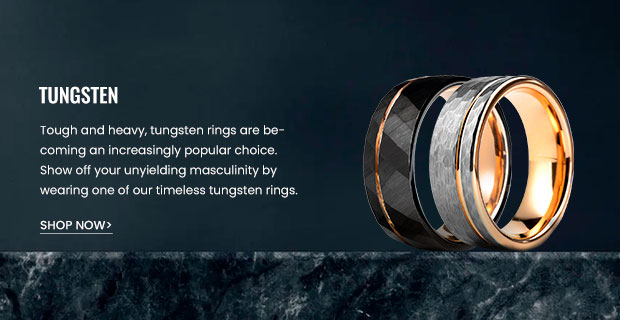
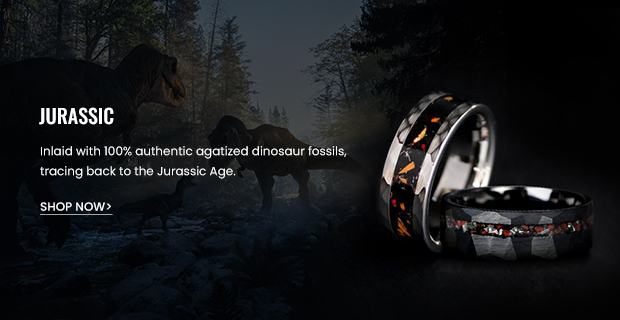
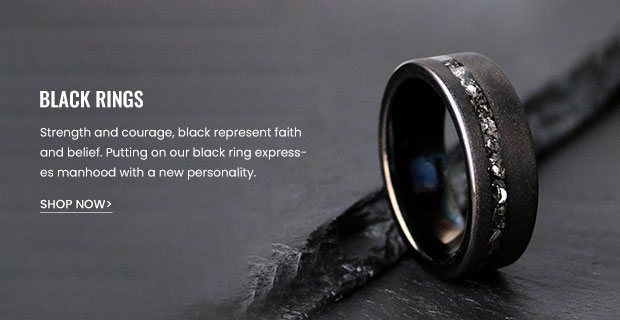


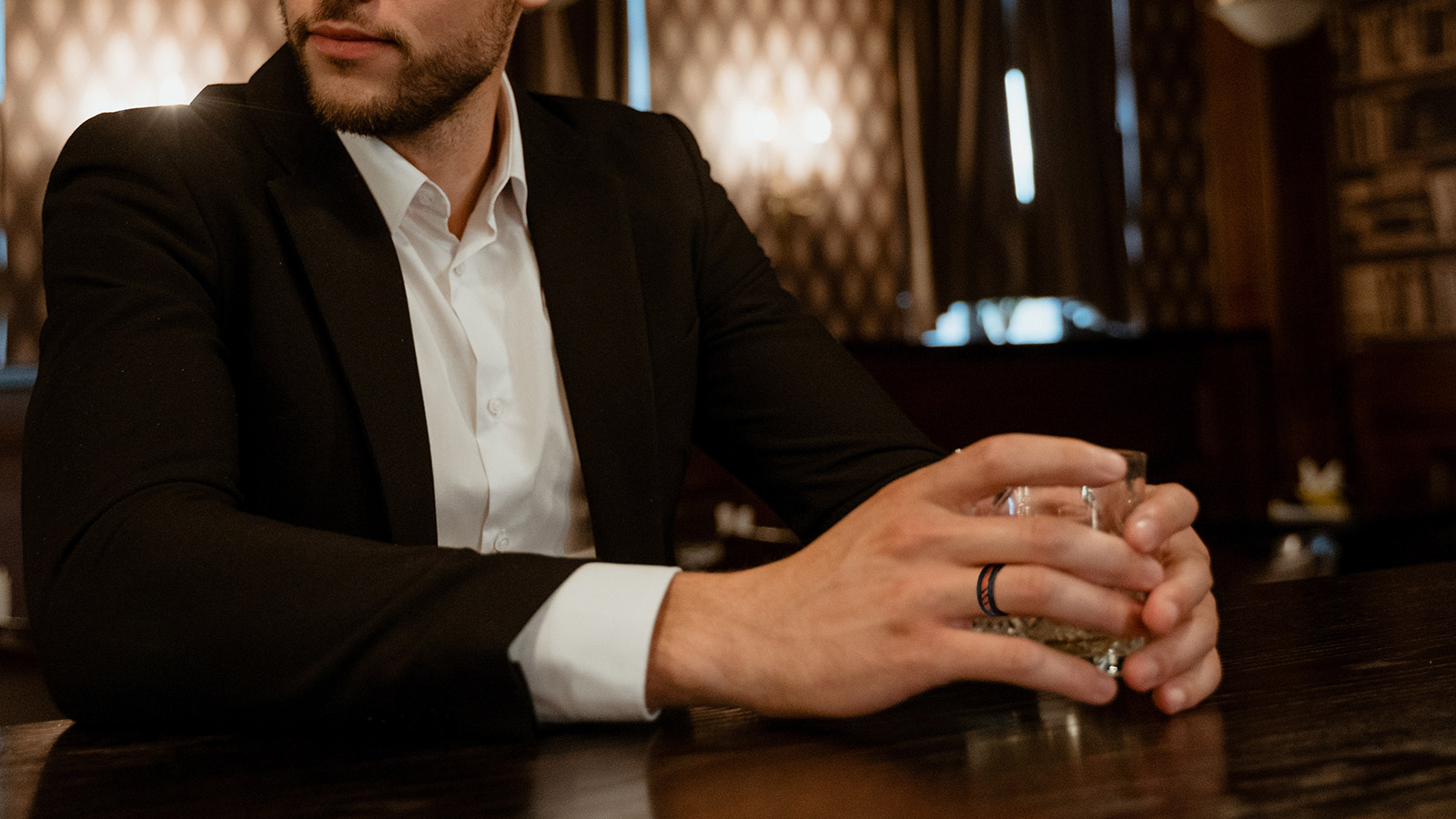
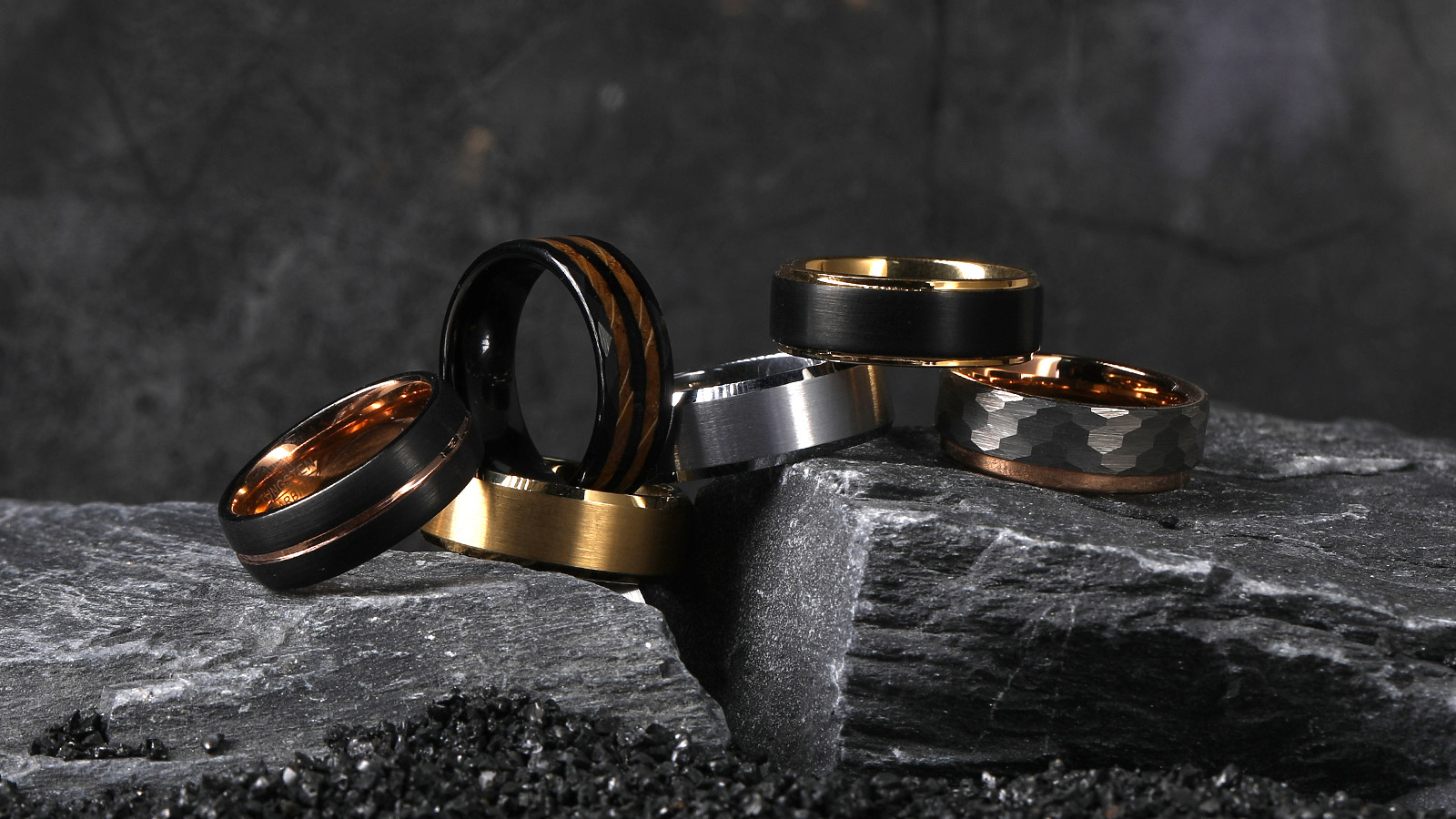 Understanding Wedding Bands: Beyond Gender Norms
Understanding Wedding Bands: Beyond Gender Norms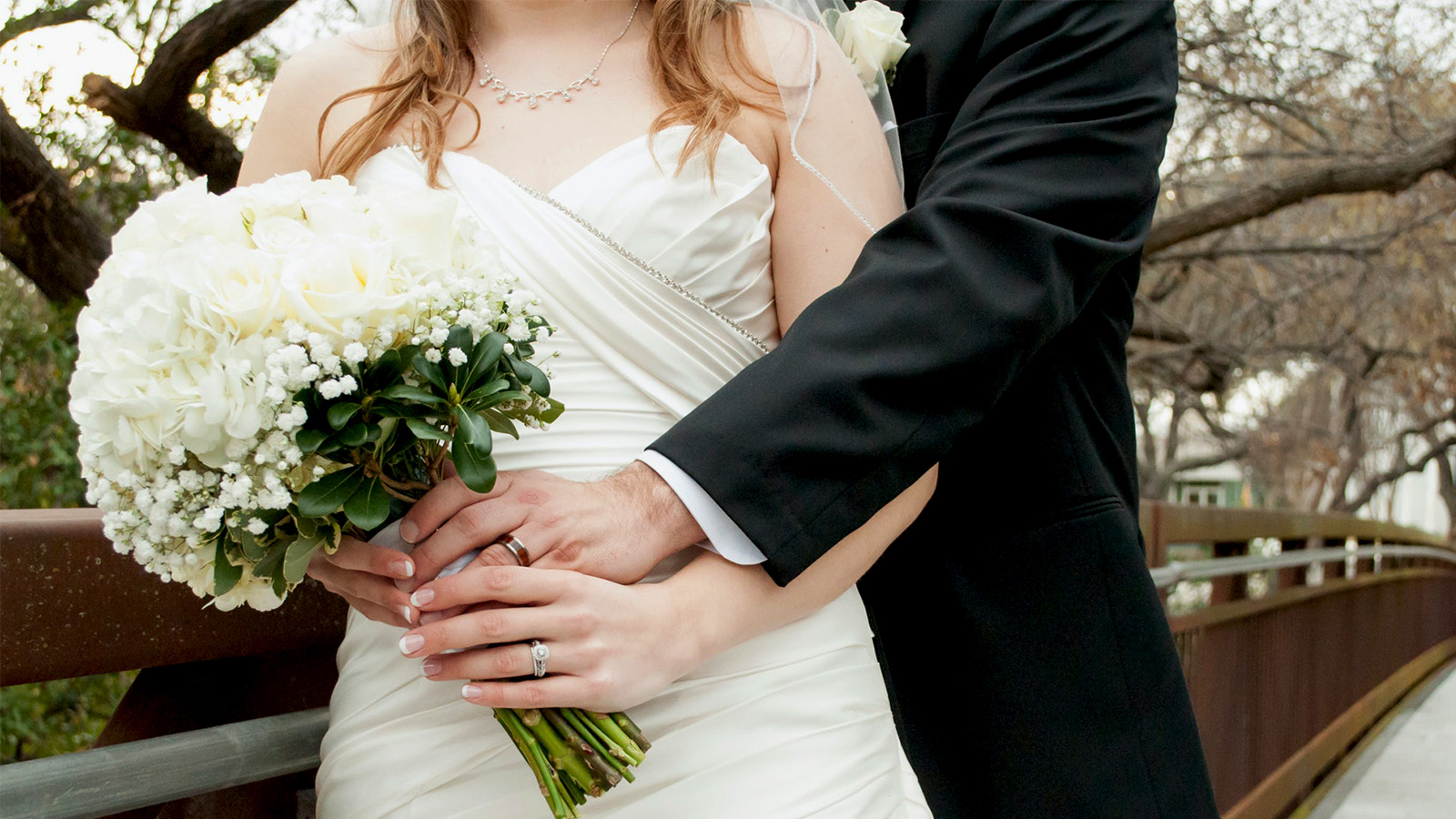 FAQs about Women and Men’s Wedding Rings
FAQs about Women and Men’s Wedding Rings
